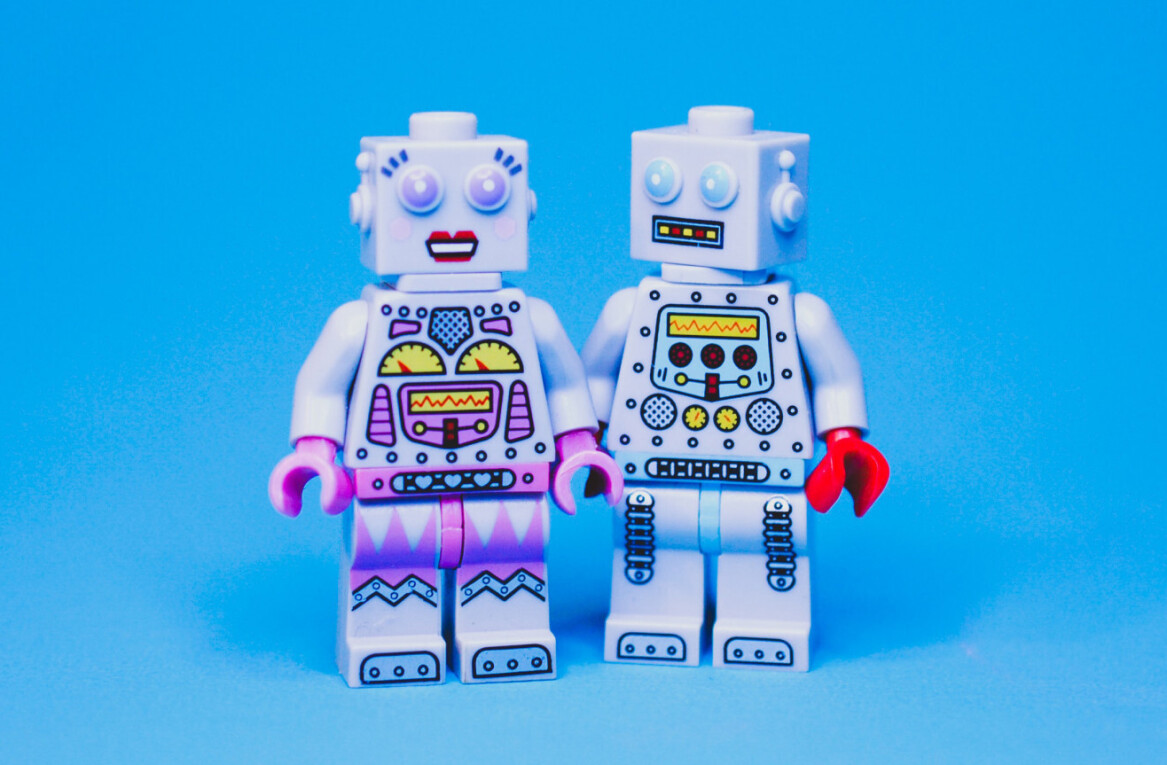
Your first reaction is probably no, but you should reconsider, and here’s why. 911 call centers are overwhelmed and have changed significantly since their introduction 50 years ago. Today, a long wait time could prove fatal in a life or death situation. With AI analyzing calls and texts, they can save lives by reducing wait times for urgent calls.
Let’s first look at how this process works. Natural Language Processing (NLP) is a type of AI. It is the ability of a machine to understand, analyze, and generate human speech. As NLP gets more sophisticated at doing these things, there are going to be many applications for it.
The ability to ask our TV for a movie is just one way NLP has impacted our daily lives. Today we can also ask our phones to find directions or type a text. We can ask our home assistant to set a timer, purchase things, get a cab, or tell a joke. These conveniences aren’t really life changing, but they start to demonstrate the power of NLP.
The future and the real power of these systems is when AIs are talking not just to humans, but to other AIs. It will also introduce a whole new training problem where algorithms written by one company or municipality will have to be able to integrate and negotiate with countless other algorithms written by other companies or municipalities. The opportunities are astounding.
A great example of what is possible once AIs are talking to each other is a call to 911 that has to be routed quickly and correctly. Using NLP and AIs talking to AIs, a complex system with access to everything from traffic lights to hospital ERs will be a seamless part of the process.
With a smart 911, you’ll know that your emergency call will get through to a human and that resources will be secured. Because the AI recognizes through sentiment analysis that you are in real danger or pain, there will be less fear that you are caught in a queue behind someone’s toddler who called 911 while playing games on daddy’s phone.
Today, your call to 911 looks something like this:

With AIs talking to each other the right crew gets dispatched, the light cycles are synced to accommodate the emergency vehicles, the ER is ready, and so on. The results of these integrated systems could save lives when applied to a real emergency.
For instance, you have what you think is a heart attack and call 911. Your call could go something like this, with the same “time to human”:

All of this data can be used to train systems to understand sentiment — tone, syntax, content, and urgency. With the addition of other AIs providing time-saving services, like an ambulance being dispatched, you can see how AI-to-AI interactions can save lives.
An estimated 240 million 911 calls are made in the US each year, according to the National Emergency Number Association. Before you disregard the idea of AI answering emergency calls, remember AI is a solution that can not only route calls more efficiently, but even respond quickly enough to help save lives.
TNW Conference 2019 is coming! Check out our glorious new location, an inspiring line-up of speakers and activities, and how to be a part of this annual tech extravaganza by clicking here.
Get the TNW newsletter
Get the most important tech news in your inbox each week.




